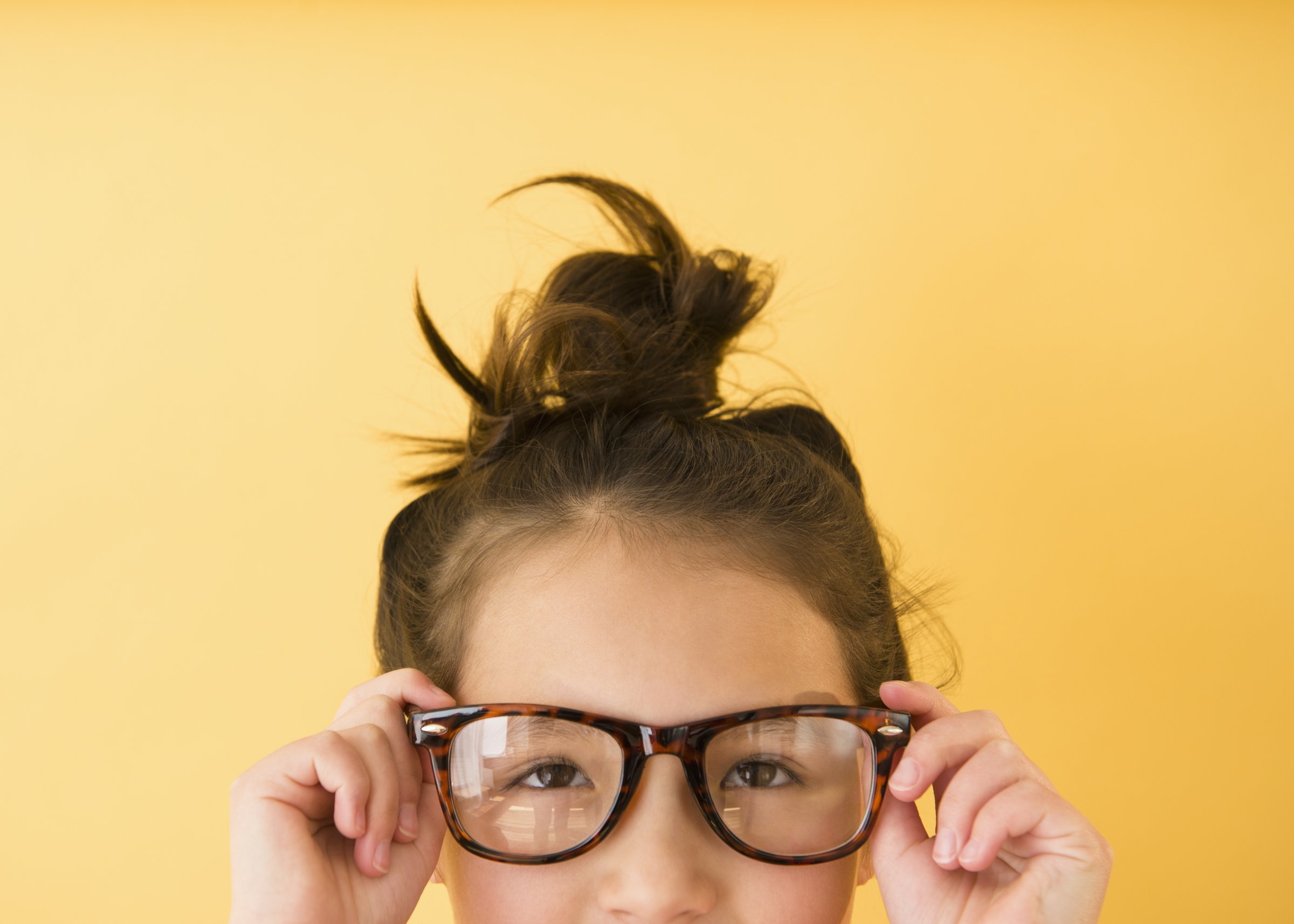
If you’re an oldest child, stereotypes suggest you’re probably organized, an overachiever, perhaps a tad bossy.
And now, science suggests you’re probably also more nearsighted than your younger siblings, too.
A study published Thursday in JAMA Ophthalmology used data from the British Biobank longitudinal survey to get information from nearly 90,000 adults between the ages of 40 and 69. They combined demographic data with behavioral information—one question asked how much time people spent outdoors, for instance—along with a detailed educational history and their ophthalmological past.
Jeremy Guggenheim, a professor of optometry and vision sciences at Cardiff University’s Eye Clinic and lead author of the paper, found that firstborns were 10% more likely to develop nearsightedness and 20% more likely to show signs of severe nearsightedness, even after Guggenheim and his colleagues adjusted for other factors. Younger siblings, on the other hand, were less likely on average to be myopic, and when they were, they had lower degrees of nearsightedness.
Myopia—the scientific term for nearsightedness—is a growing concern in fast-developing countries like India and China, where rates of childhood nearsightedness have skyrocketed in the past couple of generations.
The study authors suggest the reason for the nearsightedness has to do with a child’s education. Previous research has shown that parents are likely to invest heavily in the educational attainment of their first born, which can lead to more years of schooling among firstborns. The reasoning goes like this: When a couple has a first child, the instinct to provide the best for them kicks in. That, in combination with the cultural preference for firstborns in some parts of the world can lead new parents to invest in the education of their firstborn. In a school setting, that child has access to books, iPads, toys, and chalkboards, all of which involve straining the eyes. This, as well as genetic factors, can contribute to nearsightedness.
“My assumption is that individuals who go on to spend more years in full-time education spend relatively less time outdoors and relatively more time in tasks such as reading during their childhood,” Guggenheim told TIME via email. A recent study using Chinese schoolchildren suggested nearsightedness rates fell when children spend just 40 minutes more outdoors daily.
Guggenheim and his team at first did not think the connection between birth order and myopia was related to educational investment: “Our original hypothesis was that it would be related to the tendency for first-born children to be a little lighter at birth than average.” But a 2013 study Guggenheim worked on found no evidence of this working theory, which made educational investment an increasingly viable explanation.
“To be honest, the relationship with birth order interested us because it seemed a little quirky,” Guggenheim says. “Scientists are always very careful not to presume causality when they see a correlation, but then again, if a correlation keeps appearing then it must have a cause, even if the cause is indirect.”
More Must-Reads From TIME
- Dua Lipa Manifested All of This
- Exclusive: Google Workers Revolt Over $1.2 Billion Contract With Israel
- Stop Looking for Your Forever Home
- The Sympathizer Counters 50 Years of Hollywood Vietnam War Narratives
- The Bliss of Seeing the Eclipse From Cleveland
- Hormonal Birth Control Doesn’t Deserve Its Bad Reputation
- The Best TV Shows to Watch on Peacock
- Want Weekly Recs on What to Watch, Read, and More? Sign Up for Worth Your Time
Write to Tanya Basu at tanya.basu@time.com